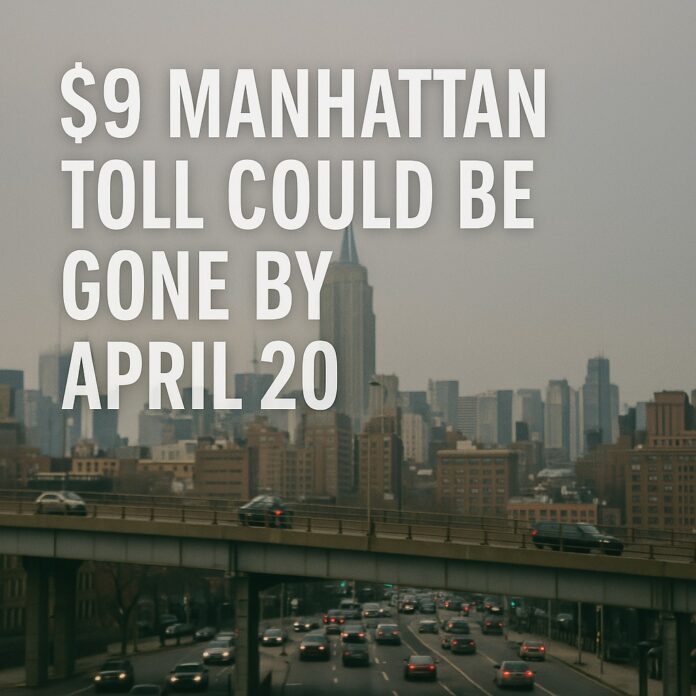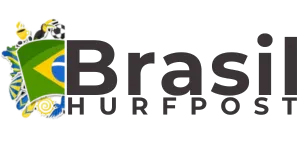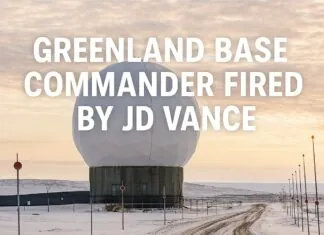
The countdown has begun, and New York drivers are eyeing April 20 like it is a second Christmas morning. The Trump administration insists that the $9 congestion toll for entering Manhattan below 60th Street must vanish by then—or else. Although no one can quite define what “or else” means, the Department of Transportation is ready to flex federal muscle if the city does not comply.
The Metropolitan Transportation Authority, not exactly known for its lightning-fast policy shifts, has so far declined to blink. The toll, introduced in January, was designed to clear up gridlock and pad the MTA’s strained budget. By some miracle, it actually worked. Commute times dropped. Tunnel backups shrank. Even small business owners who once braced for disaster now admit foot traffic improved. But all of that is beside the point in an election year.
Transportation Secretary Sean Duffy granted the MTA a 30-day extension after the original March 21 deadline flew by with zero compliance. The new line in the sand is April 20, and the administration claims it is serious this time.
“Make no mistake,” the agency wrote in a tone more fitting for a Bond villain than a transit department. “The Trump Administration and USDOT will not hesitate to use every tool at our disposal.” That would include pulling federal transportation funds—a move that could leave the MTA with fewer options than a tourist on a broken MetroCard.
Meanwhile, lawyers on both sides agreed on a legal briefing timeline that runs through July. That suggests a decision will not land until fall, long after the cherry blossoms and possibly the congestion fee itself have vanished. Still, the DOT insists April 20 is not a suggestion. It is the law. Or at least a strongly-worded social media post.
So what happens if New York ignores the feds and keeps collecting? The answer is buried under legal filings, political posturing, and more finger-pointing than a subway delay announcement. At the moment, the toll remains. Every driver without diplomatic plates continues to fork over $9 to enter Midtown.
As for the MTA, it has gone silent. Its last official statement came in the form of a lawyer’s letter, which spoke volumes by saying nothing. Governor Kathy Hochul’s office repeated earlier traffic stats and added that business is up. That might be true, but the cash register may stop ringing if federal funding disappears.
Until the smoke clears, the message to drivers is simple. Do not cancel that E-ZPass refill just yet. But you might want to keep an eye on April 20. It could turn out to be the day Manhattan traffic gets cheaper—or the day the legal drama shifts into overdrive.
















